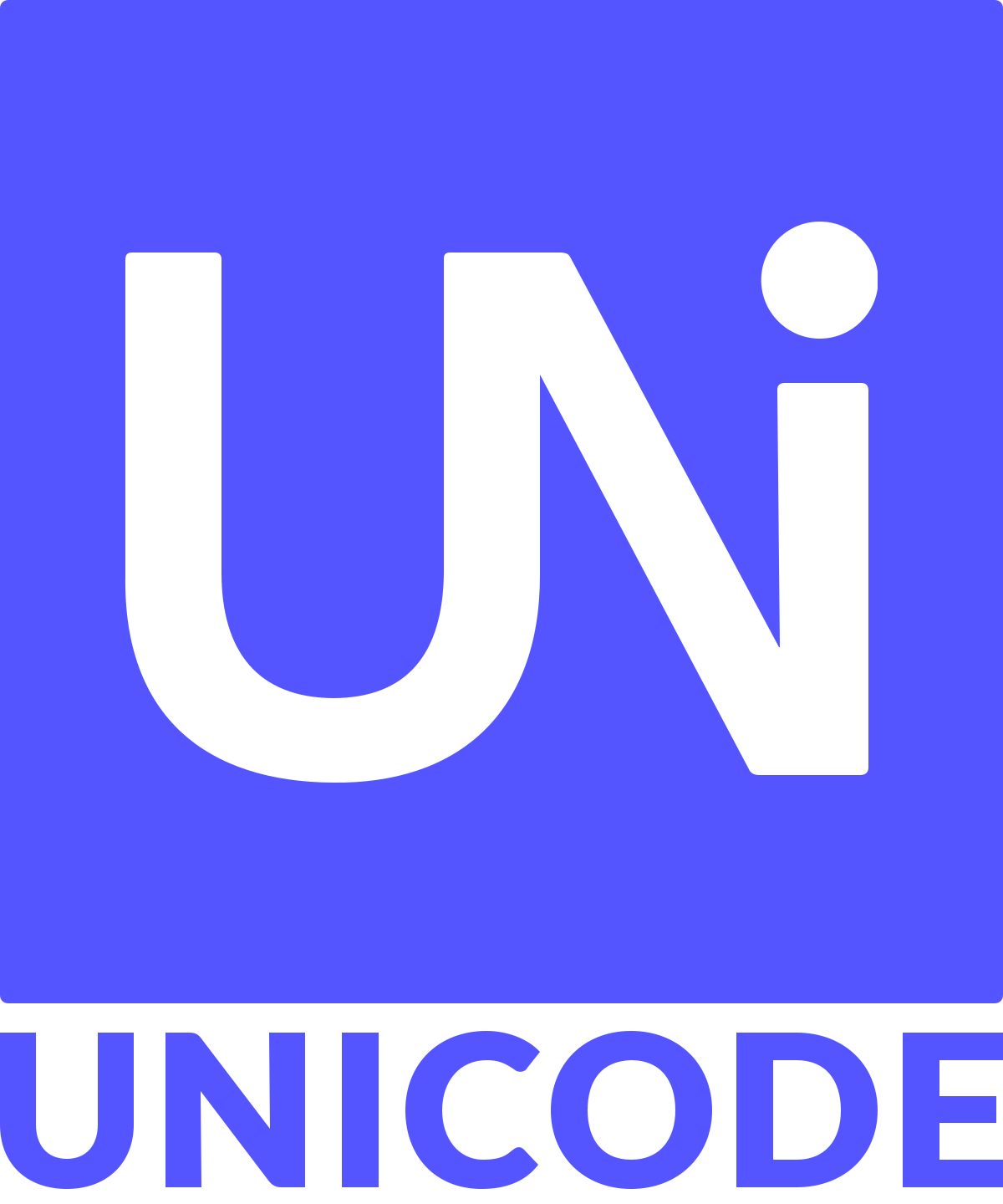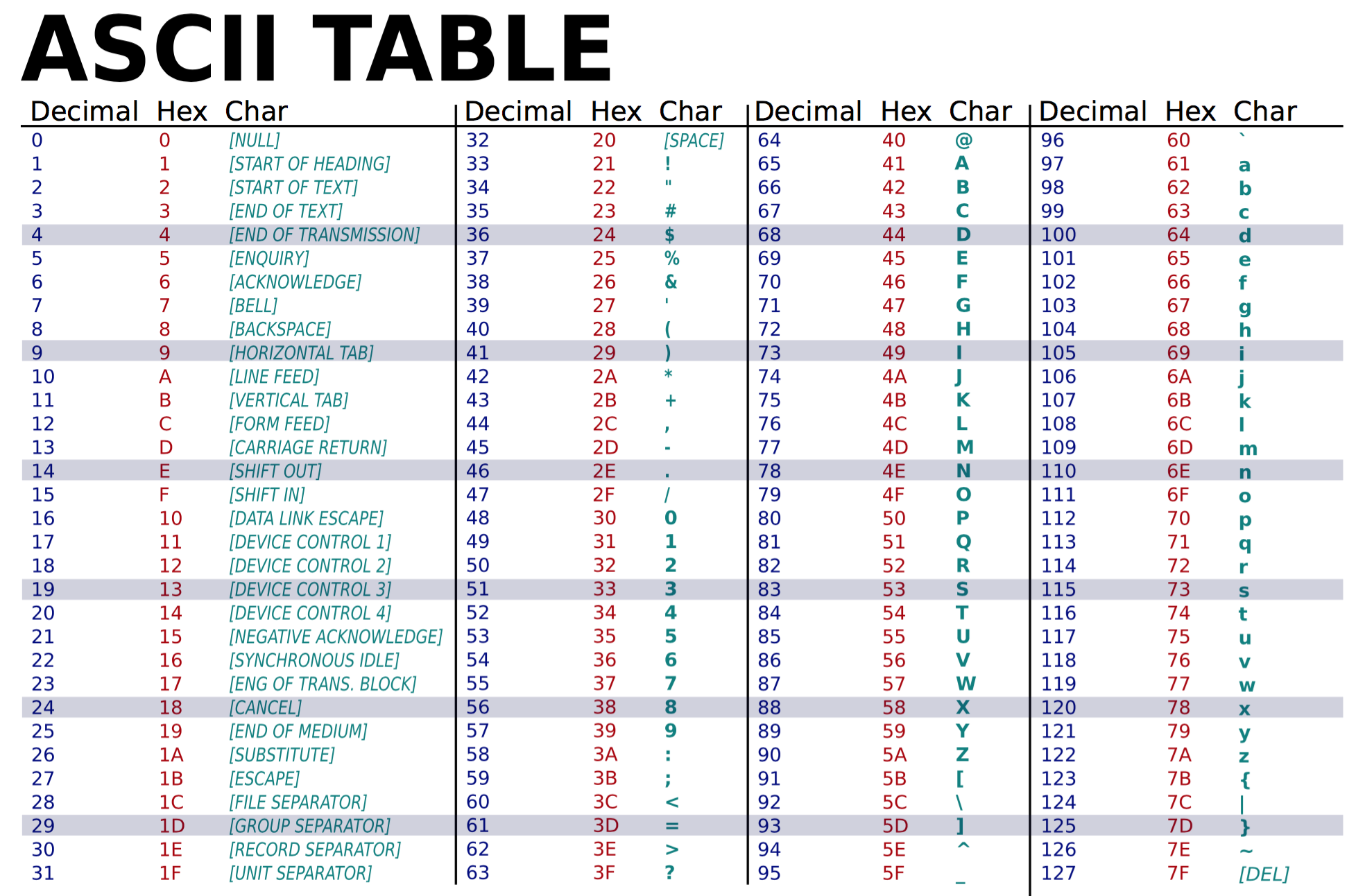

Basically, it can encompass every character in every language in the world: more than 107,000 characters found in 90 writing systems.īecause it is so comprehensive, UTF-8 is now widely recommended & steadily becoming the standard way to represent text in files, email, webpages, & software. UTF-8 ( 8-bit Unicode Transformation Format) is a newer standard that dates from 1992-1993.
#UTF 8 VS ASCII ISO#

ISO-8859-1 used to be the recommended character entity for webpages, but that time is long gone. You can see those additional characters in the figure below:

ISO-8859-1 is a standardized character encoding. Needless to say, don’t use ASCII as your character encoding-it’s way too limited! ISO-8859-1 The following figure shows the 128 characters found in ASCII:ĪSCII doesn’t provide for any special characters-like the Euro (€), anything that’s not English, or any formatting (nothing bold or italic)-so it’s often called plain text. 33 non-printing control characters (most of which are now obsolete).
#UTF 8 VS ASCII CODE#
US-ASCIIĪround since 1960, the American Standard Code for Information Interchange (ASCII, pronounced askee) is based on the English alphabet, along with some other characters, giving a total of 128: In this section, I’ll look at the biggies you should know. There are lots of different character encodings you could potentially use on your webpages. Setting the character encoding tells web browsers what language, and therefore what writing system and characters, you’re using on the webpage.

There are around 200 useful operations in CyberChef for anyone working on anything vaguely Internet-related, whether you just want to convert a timestamp to a different format, decompress gzipped data, create a SHA3 hash, or parse an X.509 certificate to find out who issued it.In addition to DTDs, one of the other important first things you need to know about making web pages is the importance & usage of Character Encoding. It is hoped that by releasing CyberChef through GitHub, contributions can be added which can be rolled out into future versions of the tool.
#UTF 8 VS ASCII SOFTWARE#
It should also appeal to the academic world and any individuals or companies involved in the analysis of digital data, be that software developers, analysts, mathematicians or casual puzzle solvers. It is expected that CyberChef will be useful for cybersecurity and antivirus companies. Simple functions can be combined to build up a "recipe", potentially resulting in complex analysis, which can be shared with other users and used with their input.įor those comfortable writing code, CyberChef is a quick and efficient way to prototype solutions to a problem which can then be scripted once proven to work. Complex techniques are now as trivial as drag-and-drop. The interface is designed with simplicity at its heart. CyberChef encourages both technical and non-technical people to explore data formats, encryption and compression.ĭigital data comes in all shapes, sizes and formats in the modern world – CyberChef helps to make sense of this data all on one easy-to-use platform. A simple, intuitive web app for analysing and decoding data without having to deal with complex tools or programming languages.


 0 kommentar(er)
0 kommentar(er)
